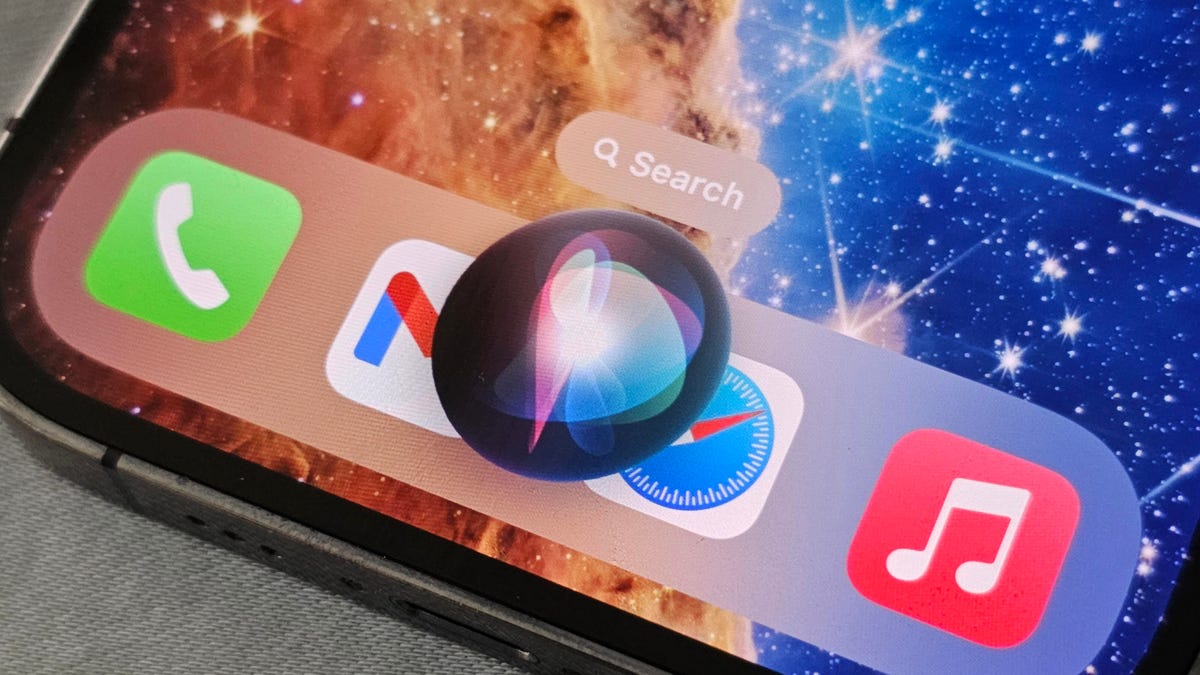There are perhaps no two letters talked about more than AI. The rise of generative AI trained on large language models has some people hyped and others worried about how it will change their lives.
While Apple has been quiet about its gen AI plans, other types of AI have played a major role in the iPhone for years. In fact, AI has been driving core iPhone features across popular apps such as the Camera, Photos and Siri, among others, since long before ChatGPT first captured global attention in 2022.
Watch this: Apple Has Big AI Plans for Mac — and iPhone, Too
Apple CEO Tim Cook has been more vocal about the emerging technology in recent months, however. In February, Cook confirmed that the company is indeed investing heavily in generative AI. Earlier this month, he suggested that Apple would have an edge in the competition, even though the iPhone-maker is widely seen as lagging in the AI race.
“We believe in the transformative power and promise of AI, and we believe we have advantages that will differentiate us in this new era, including Apple’s unique combination of seamless hardware, software and services integration,” Cook said during Apple’s May earnings call.
Read now: Apple’s iOS 18 Rumors: A Possible Big Leap Into AI
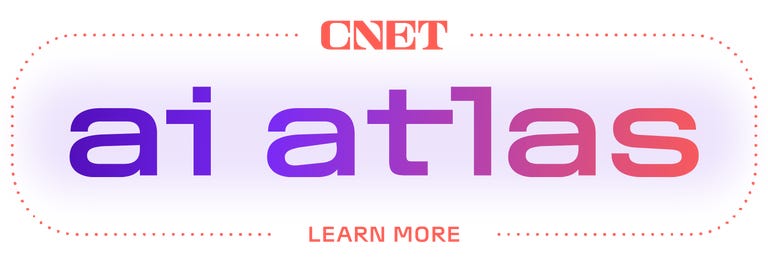
Apple’s Worldwide Developers Conference, where it usually unveils new software updates for the iPhone and other products, will kick off on June 10. Whatever Apple is planning in terms of bringing more AI features to the iPhone, we’re likely to hear about it then.
Only Apple knows what’s next for the iPhone and its other products. But in the meantime, here are some of our favorite AI-based features on newer iPhones right now.
Clone your voice digitally
Apple may not have a chatbot, but it already uses AI in a feature that arrived with iOS 17 last year. Personal Voice is an accessibility setting that uses on-device machine learning to allow people at risk of speech loss to replicate their voice so they can more easily communicate with loved ones. To learn your voice, the iPhone asks you to read out loud 150 phrases. It then uses AI to analyze your voice and generates a synthetic version of it.
To communicate using this new synthetic voice, you would use the iPhone’s type-to-speak tools to turn text into speech in FaceTime and third-party compatible apps. If you’re interested in learning how to clone and store your voice on your iPhone, here’s a step-by-step guide.
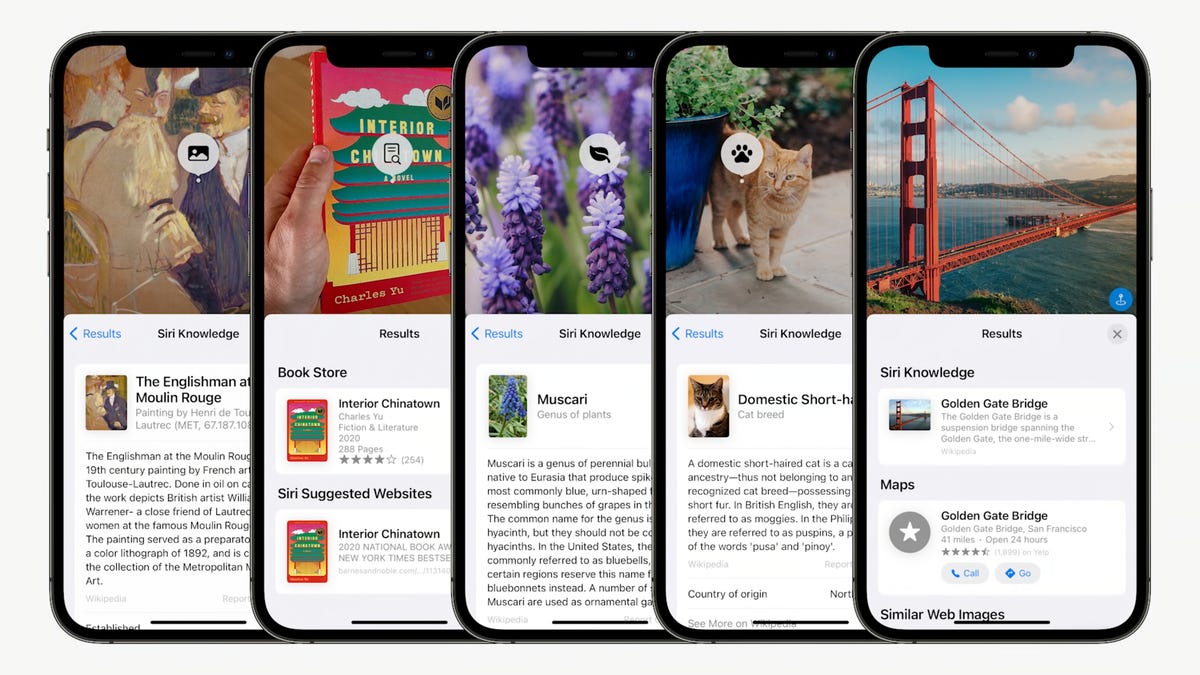
Easily copy text from iPhone images
Live Text is a front-facing AI feature already available on iPhones running 2021’s iOS 15 software or later. It’s a computer vision tool that recognizes handwritten and type-written text in photos, much like Google Lens. Text from images can then be copy-and-pasted with just a few easy taps.
Live Text can often come in handy in day-to-day life. Say you had a hand-written recipe that you wanted to digitize. After taking a photo of that recipe with your iPhone, you could copy and paste that text into a Word document, for instance, and save it as a digital backup. Here’s a step-by-step guide on exactly how to do just that in case you’re interested.
Competing phone makers have also hopped on the bandwagon. Honor’s Magic 6 Pro and Magic V2, which run on the company’s Magic OS 8 software, introduced a Magic Text feature with similar capabilities.
Read more: iPhone AI Tip: You Can Easily Copy Text From Photos With This Trick
Improved AutoCorrect
With its latest software update, Apple also fixed one of the biggest autocorrect gripes. You can now curse without Apple changing your swear word of choice to something more benign, like “duck” or “shut.”
Beyond permitting you to swear with ease, autocorrect has also improved on a broader level. Autocorrect can now fix mistakes more accurately and serves up more customized inline predictive text. Much of this improvement is credited to iOS 17’s new transformer language model, which uses machine learning for word prediction according to Apple. It has been trained by troves of data, allowing it to learn context and patterns to provide improved results, or in this case the ability to replicate how humans sound.
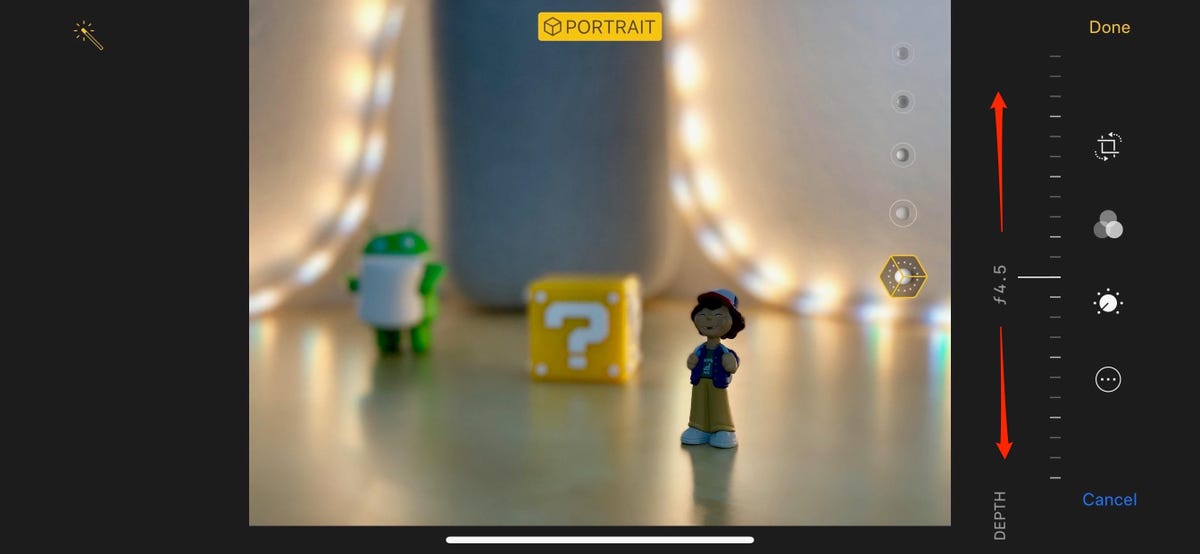
Portrait Mode was a turning point for iPhones since it could recognize subjects, understand depth and create a bokeh effect at the speed needed for smartphones.
Photography smarts
It’s no secret that the iPhone relies on advanced algorithms as well as computational photography for a large chunk of its camera features. Portrait Mode, which uses AI to identify subjects and create a bokeh effect, is just one example. Another is Cinematic Mode, which uses AI to simulate the desired aperture and dynamically adjusts focus to keep your moving subject sharp.
One of the newer AI-powered capabilities, courtesy of iOS 17, is the Photo app’s ability to identify pets in a photo, which allows for better photo organization.
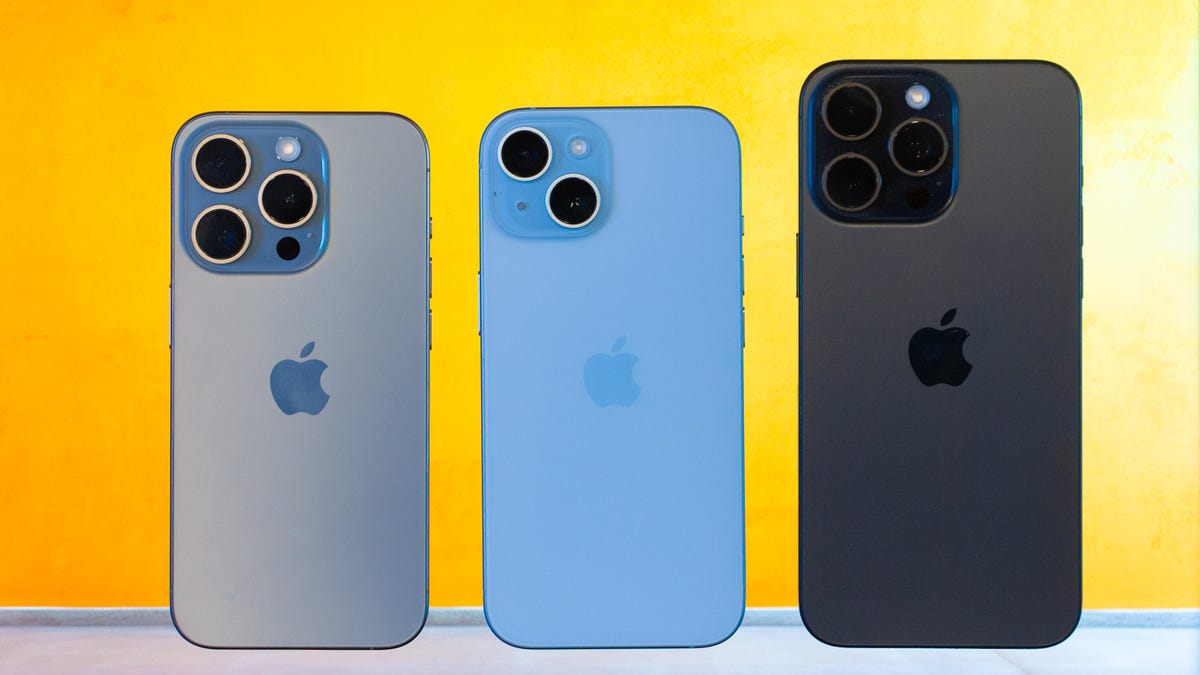
iPhone AI going forward: Will Siri get smarter?
Siri has been around since 2011, but hasn’t kept up with the virtual assistants of its rivals, even if it was first to the market. But Apple’s voice-activated assistant could soon become a lot smarter. A September report from the Information said Apple plans to use large language models, a crucial part of generative AI, to enhance Siri.
An example detailed in that article explained how Siri would be able respond to simple voice commands for more complex tasks, such as turning a set of photos into a GIF and then sending them to one of your contacts. If that example is accurate, this represents a significant step forward for Apple’s digital helper. Apple already uses AI to help Siri to understand language and respond in a human-like fashion, among other uses, but it struggles with processing context.
Stay tuned for the new iPhone software features Apple will reveal at its Worldwide Developer Conference.
Read more: Best iPhone for 2024
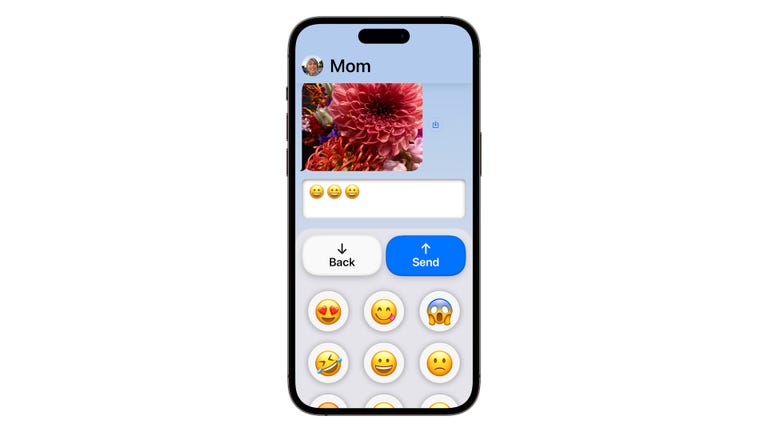
Watch this: Apple Puts an AI Twist on Accessibility
Editors’ note: CNET used an AI engine to help create several dozen stories, which are labeled accordingly. The note you’re reading is attached to articles that deal substantively with the topic of AI but are created entirely by our expert editors and writers. For more, see our AI policy.

